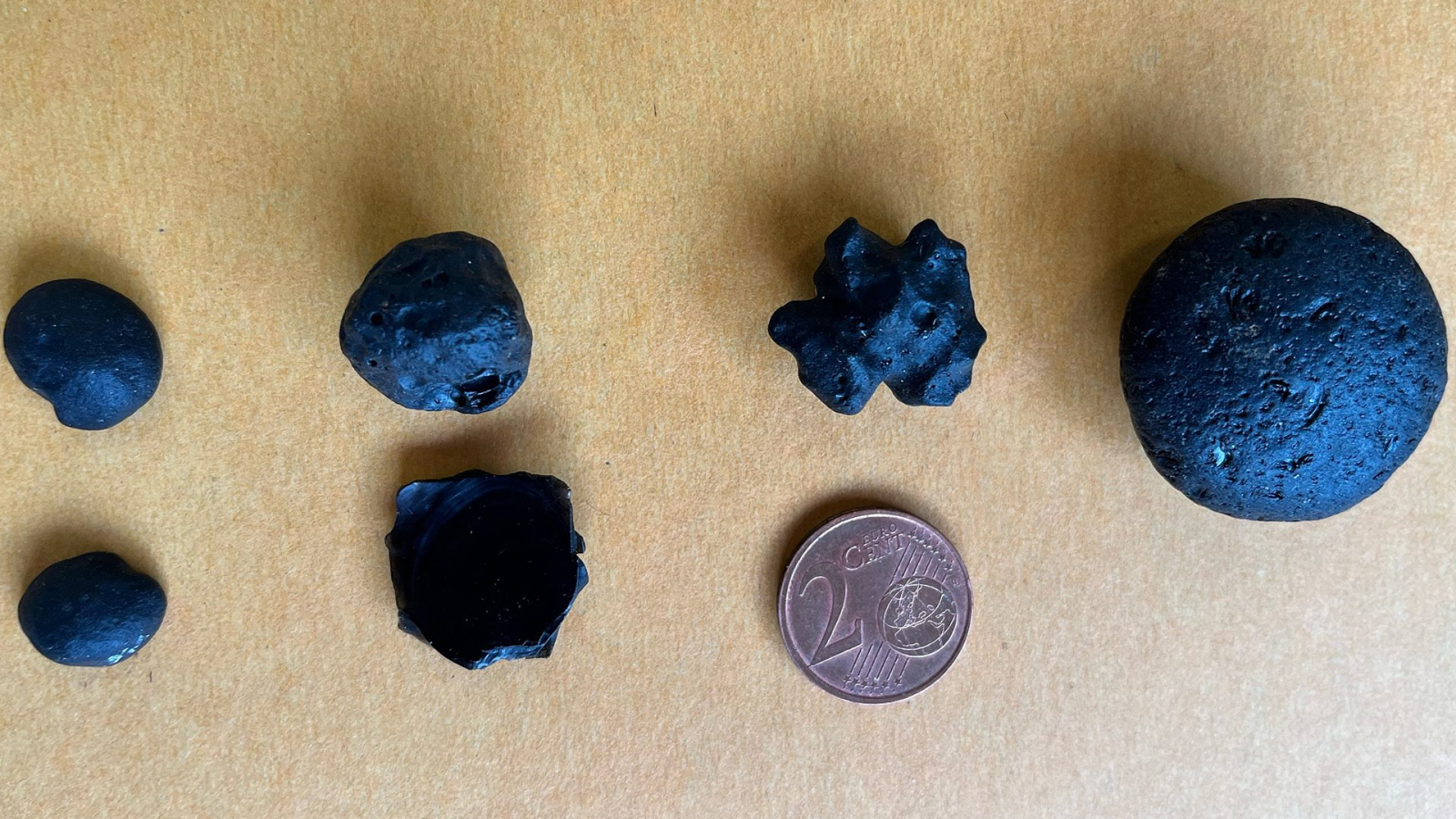Two Gut Bacteria May Hold the Key to Multiple Sclerosis—But Don’t Get Too Excited Yet
Nearly a million Americans wake up each day with multiple sclerosis, a disease that turns their own immune system against their brain and spinal cord. For decades, researchers have suspected that something in the gut might trigger this autoimmune assault. Now, a clever twin study has fingered two specific bacterial culprits: Eisenbergiella tayi and Lachnoclostridium.
The research, published in PNAS, used 81 pairs of identical twins where only one sibling had MS. It’s an elegant approach—same genes, different outcomes. The German-led team found these two bacteria lurking in higher numbers in the small intestines of the twins with MS.
But here’s where it gets interesting. They didn’t stop at correlation.
From Gut to Brain: The Mouse Test
The researchers transplanted gut bacteria from the twins into specially bred mice prone to MS-like disease. The results were stark: mice getting bacteria from MS twins developed paralysis within twelve weeks. Those getting microbes from healthy twins stayed mobile.
Female mice were hit harder—matching the real-world pattern where women are three times more likely to develop MS than men.
E. tayi and Lachnoclostridium belong to the Lachnospiraceae family, typically harmless fiber-digesters. What makes these two troublemakers different isn’t clear yet, but they can feast on mucus when fiber runs low—potentially thinning the intestinal barrier and exposing immune cells to inflammatory signals.
The Bigger Picture: MS by the Numbers
Multiple sclerosis affects 2.9 million people worldwide, with nearly one million in the US alone. It typically strikes in the prime of life—average diagnosis age is 32—when people are building careers and starting families.
The disease is unpredictable. About 85% start with relapsing-remitting MS, where symptoms flare and fade. Without treatment, roughly half progress to secondary progressive MS within a decade, where disability steadily accumulates.
Current treatments can slow progression but can’t cure the disease or reverse damage. That’s why finding specific bacterial triggers matters—it offers a concrete target instead of trying to re-engineer the entire gut ecosystem.
Reality Check: Breakthrough or False Dawn?
This isn’t the first time researchers have linked gut bacteria to MS. Previous studies found similar patterns with different bacterial players. The field is littered with promising leads that didn’t pan out.
Several red flags warrant caution:
The mouse problem: MS-like disease in mice isn’t MS in humans. Countless therapies that worked in rodents have failed in clinical trials. The immune systems are different, the gut environments are different, and lab mice live in sterile bubbles unlike the microbial chaos of human guts.
Sample size: 81 twin pairs sounds impressive, but it’s still relatively small for drawing broad conclusions about a complex disease affecting millions.
Causation vs. correlation: Even with the mouse experiments, we can’t be certain these bacteria cause MS rather than simply thriving in the inflammatory environment MS creates.
The replication challenge: Independent teams need to confirm these findings in different populations. Science is littered with exciting results that couldn’t be reproduced.
The Path Forward
If this research holds up, the therapeutic possibilities are intriguing. Targeted antibiotics, designer bacteriophages, or engineered probiotics could potentially eliminate the troublesome bacteria while leaving beneficial microbes alone.
Early trials of high-fiber diets have shown modest benefits in MS patients—possibly by keeping mucus-eating bacteria occupied with safer food sources.
But any gut-targeted therapy will need to navigate the complex ecosystem of beneficial bacteria that support vitamin synthesis and immune regulation. Broad-spectrum antibiotics sometimes worsen autoimmune diseases, highlighting the delicate balance involved.
The Bottom Line
This twin study represents solid, methodical science. The researchers controlled for genetics, used functional testing in mice, and identified specific bacterial species rather than vague “microbiome imbalances.”
But it’s one study, using mouse models, with a modest sample size. The history of MS research is filled with promising leads that ultimately led nowhere. Remember when researchers were convinced MS was caused by a virus? Or when they thought it was purely genetic?
The smart money says this research will spawn follow-up studies, some confirming the findings, others contradicting them. That’s how science works—messy, incremental, often disappointing.
For the million Americans living with MS, this offers hope for new treatment approaches. But it’s not a breakthrough yet—it’s a promising lead that needs years of additional research to prove its worth.
The gut-brain connection in autoimmune disease is real. Whether these two bacterial species are key players or bit characters in a much larger drama remains to be seen.
Study published in Proceedings of the National Academy of Sciences
Share this article on Bluesky and X/Twitter.

Source link


